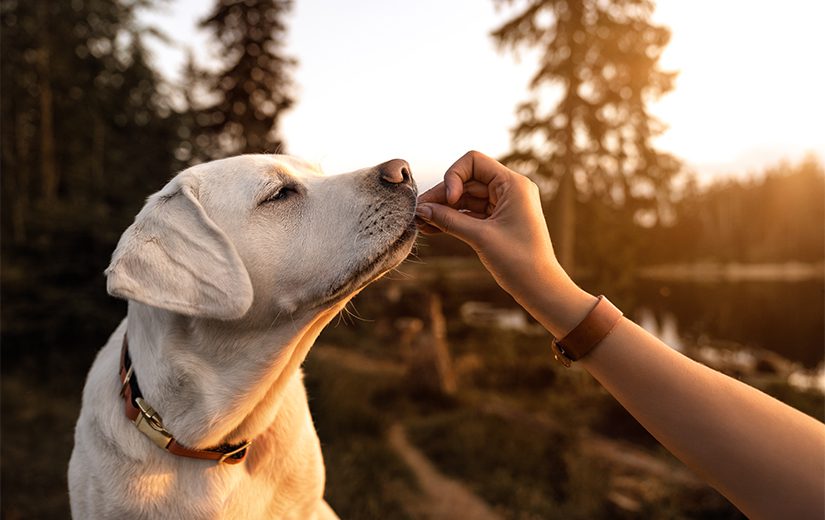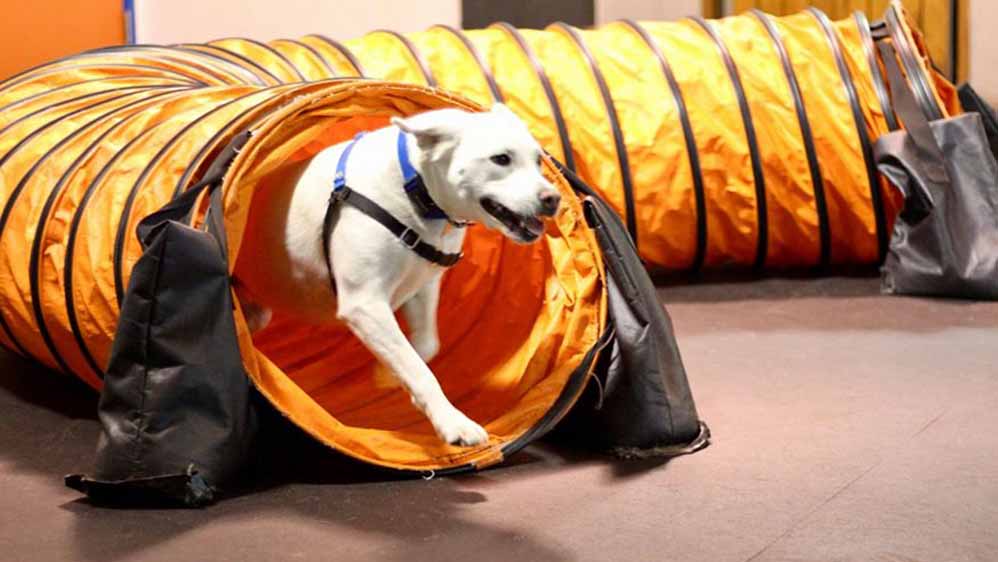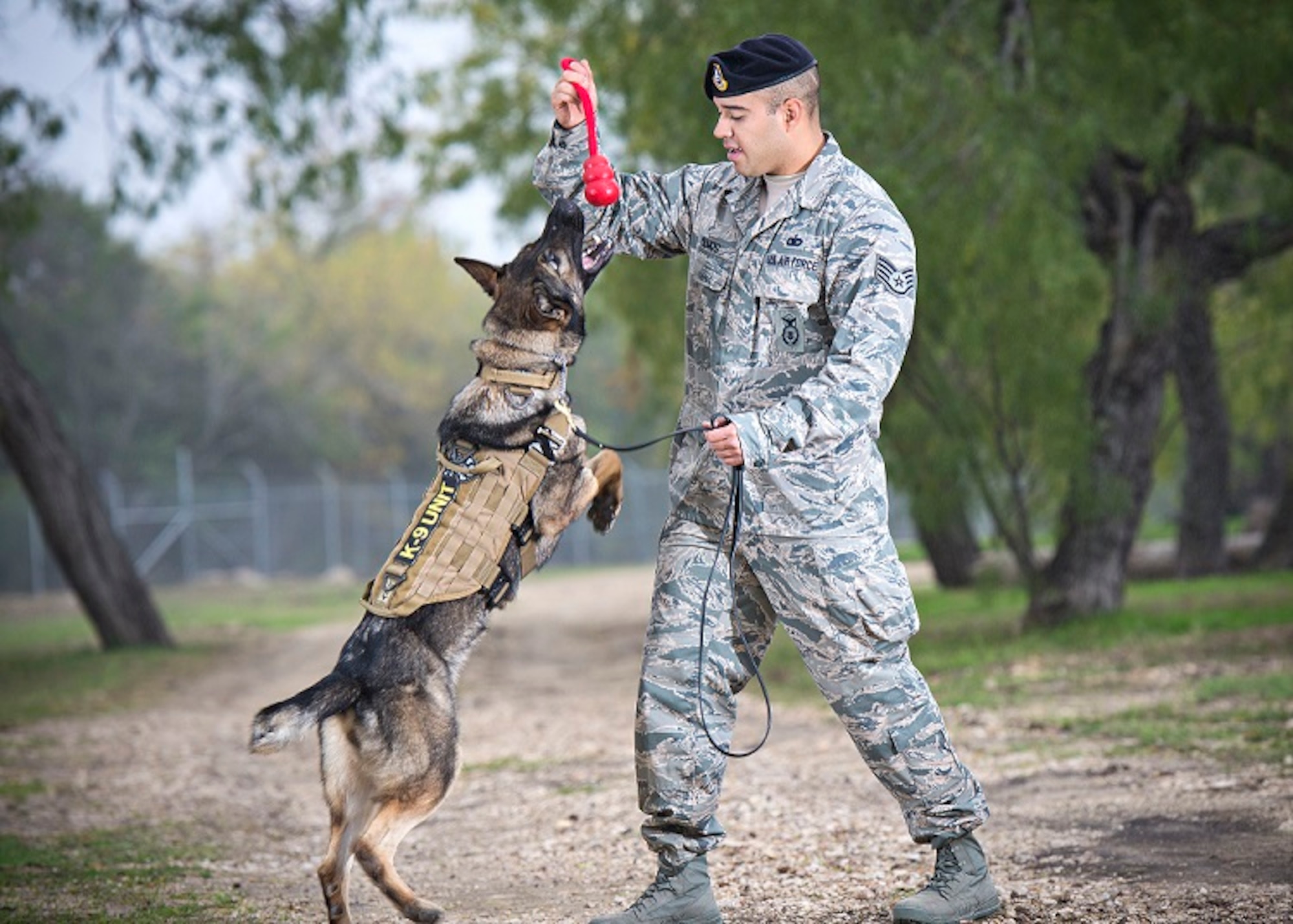Transform Your Dog's Habits With Proven Training Methods
Transforming your pet dog's behavior calls for a nuanced understanding of their specific characteristics and requirements, in addition to the application of tested training approaches. By employing positive reinforcement and identifying essential signs in their body movement, you can properly attend to common behavioral concerns such as excessive jumping or barking. Consistency in your training method not only enhances obedience but also promotes a deeper bond of trust and respect between you and your pet. However, the path to successful improvement may offer unforeseen challenges that warrant further exploration.

Comprehending Pet Dog Behavior
Comprehending pet behavior is essential for efficient training and interaction between people and their canine companions. Dogs, as social pets, show a series of habits affected by genetics, atmosphere, and experiences. Identifying these actions helps owners customize their training approaches to meet the particular requirements of their pets.
Trick aspects of canine behavior include body language, vocalizations, and social communications. For circumstances, a wagging tail usually indicates excitement, while a decreased head might indicate entry or worry. Comprehending these signals can help owners analyze their dog's emotional state and react suitably. Furthermore, socializing plays a vital role fit actions; pet dogs that interact favorably with other animals and various individuals are generally extra well-adjusted and adaptable.
Moreover, recognizing anxiety signals-- such as evasion, pacing, or panting actions-- can stop acceleration into extra serious problems. Proprietors who are in harmony with their pet's actions can create a safe and caring setting, fostering count on and boosting the training procedure. Eventually, a deep understanding of canine actions lays the foundation for a harmonious relationship and effective training results, ensuring both dogs and their owners prosper with each other.
Favorable Reinforcement Strategies
Positive support techniques are extensively acknowledged as one of one of the most efficient approaches for training dogs, cultivating a positive understanding environment. This strategy involves satisfying desired habits with deals with, praise, or play, consequently encouraging the pet to repeat those behaviors (Dog training). Unlike punishing approaches, positive support develops trust and reinforces the bond in between the canine and the trainer
To apply favorable reinforcement effectively, timing is crucial. Benefits ought to be given immediately following the wanted habits to help the canine make the connection. Consistency is additionally vital; utilizing the same commands and rewards assists the canine understand what is anticipated. Furthermore, varying the benefits can maintain the dog engaged. Rotating between deals with, toys, and spoken praise can preserve rate of interest and inspiration.
It is necessary to note that positive support is not about bribery; rather, it has to do with enhancing excellent actions. Gradually, as the pet dog discovers to associate particular actions with favorable results, the frequency of rewards can be progressively lowered, transitioning to verbal praise or recurring incentives. This approach not just motivates obedience however likewise promotes a happy and certain pet, making training a more satisfying experience for both events entailed.
Addressing Typical Concerns
Attending to usual concerns during canine training is vital for making certain a harmonious and successful relationship between the dog and its owner. Many dog proprietors encounter behavior challenges, such as excessive barking, jumping, and leash pulling. Comprehending the source of these behaviors is crucial for reliable training.
Excessive barking may stem from monotony, anxiousness, Get the facts or an absence of socialization. To mitigate this, provide sufficient physical workout, psychological excitement, and chances for social communication with both humans and other pet dogs. Jumping can typically signify excitement or a wish for interest. Training the canine to sit upon greeting can redirect this habits positively.
Leash pulling is another widespread concern, regularly arising from a dog's eagerness to discover. Utilizing proper chain managing methods, combined with training procedures that encourage loose-leash walking, can significantly enhance this behavior.
Furthermore, problems like source protecting or separation stress and anxiety call for customized strategies. Steady desensitization and counter-conditioning can be reliable in dealing with these obstacles. By acknowledging and proactively managing these usual problems, pet proprietors can cultivate an extra enjoyable training experience and enhance the bond with their canine companions.
Consistency in Training
Consistency is a keystone of reliable canine training, as it establishes a clear structure for the dog to understand habits and expectations. When cues, commands, and rewards are used uniformly, dogs can much more conveniently realize what is called for of them. Irregular training can result in confusion, leading to unwanted habits that irritate both the dog and the fitness instructor.
To accomplish consistency, it is important that all members of the home stick to the exact same training approaches. Making use of the same spoken cues and hand signals ensures that the pet dog obtains uniform messages. Furthermore, the timing of incentives and corrections must be consistent; instant support raises the possibility that the pet dog will certainly associate the habits with the result.
In addition, establishing a routine can additionally boost consistency. Routine like this session, coupled with structured routines for feeding, strolling, and playtime, assistance dogs prepare for and comprehend their environment, making them a lot more receptive to training. Ultimately, uniformity promotes a feeling of protection and depend on, empowering canines for more information efficiently. By dedicating to an organized approach, instructors can promote favorable actions changes and cultivate a well-mannered buddy.
Structure a Solid Bond
How can promoting a solid bond between a dog and its proprietor enhance the training experience? When a pet dog feels safe in its connection with its proprietor, it is more most likely to exhibit positive actions and be receptive to finding out.

In addition, a well-established connection can decrease stress and anxiety and behavior concerns, as dogs are less most likely to act out when they really feel understood and taken care of. Prioritizing the growth of a strong bond not only improves the training experience but also contributes to a happier and a lot more well-adjusted dog. Ultimately, the trip of training transforms into a joint partnership, bring about lasting behavior enhancements.
Conclusion

Owners that are attuned to their canine's actions can produce a caring and secure setting, cultivating trust fund and enhancing the training process. Eventually, a deep understanding of canine actions lays the foundation for a harmonious connection and efficient training outcomes, guaranteeing both pet dogs and their proprietors prosper with each other.
Attending to common concerns during pet training is essential for making certain a successful and unified connection between the canine and its proprietor (Dog training).Uniformity is a cornerstone of reliable pet dog training, as it develops a clear structure for the dog to recognize actions and assumptions.In conclusion, transforming a dog's habits with proven training approaches needs an understanding of canine behavior, the application of positive support strategies, and a focus on uniformity
Comments on “Puppy Training: Start Your Pup Off Right with Professional Guidance”